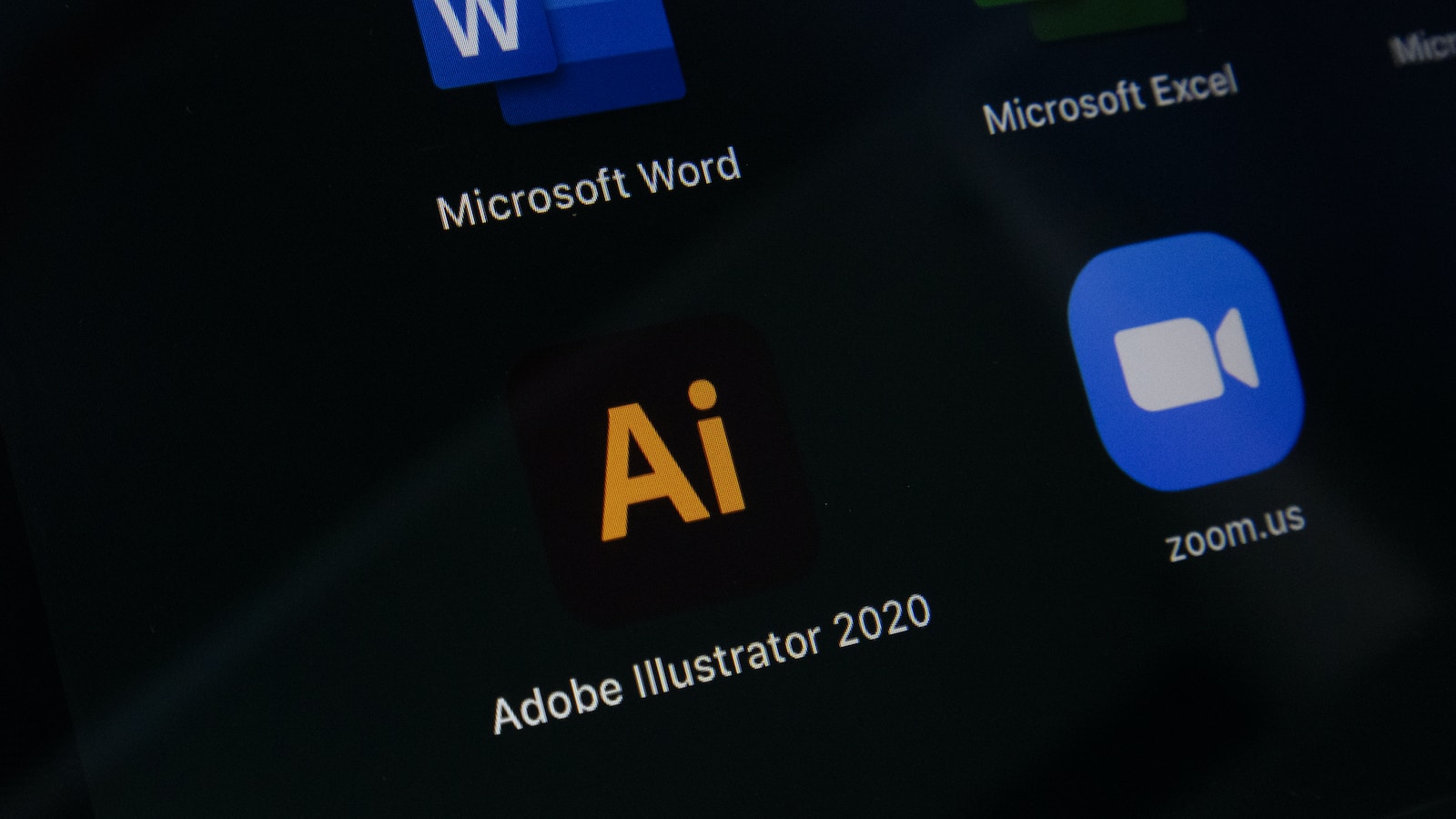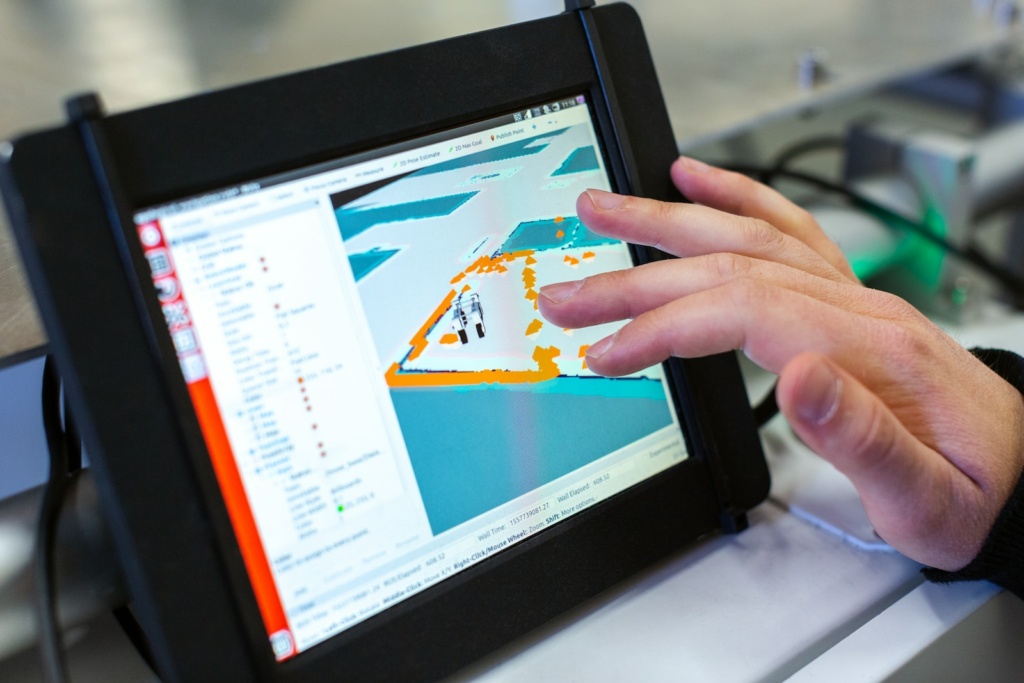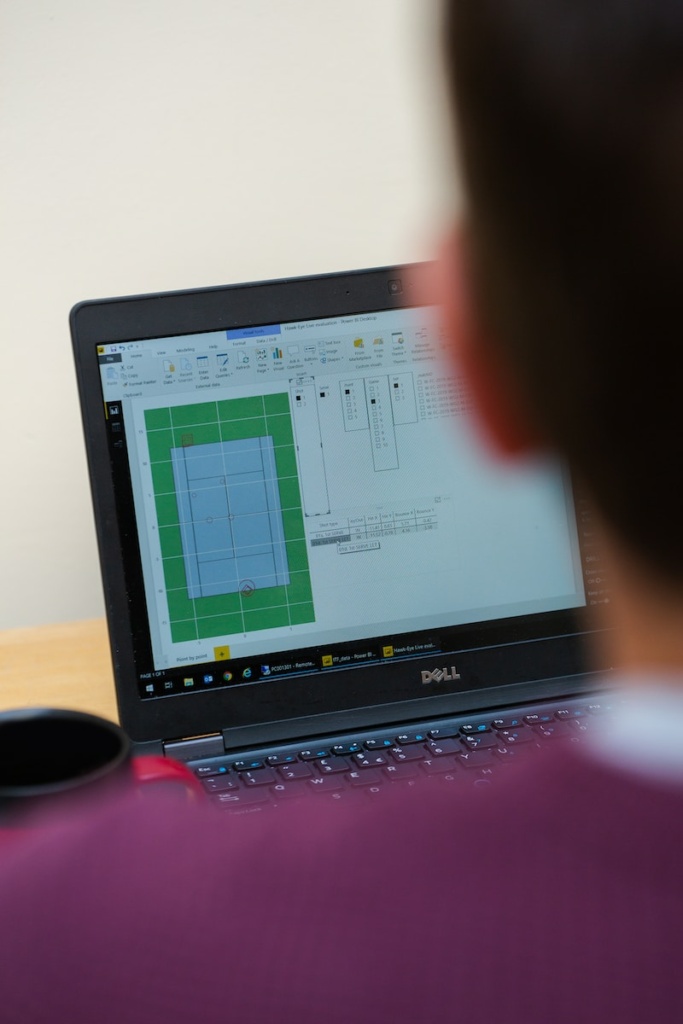
Greetings, fellow movie enthusiasts! Emma here, your guide to the cinematic universe, bringing you the lowdown on a topic that lies at the heart of every great film: screenwriting. In the digital age, where creativity meets technology, screenwriting software has become an indispensable tool for storytellers. Let’s dive into the world of these digital quills and parchment.
The Necessity of Screenwriting Software

Writing a screenplay is no stroll through the park; it’s more like navigating a dense forest with the goal of discovering a hidden treasure. In the old days, writers relied on typewriters and reams of paper, but now, we have a plethora of screenwriting software options that not only streamline the process but also enhance creativity.
Final Draft: The Grandmaster
If screenwriting were a martial art, Final Draft would be the black belt. This software has been the industry standard for years, used by renowned professionals in the field. Its intuitive interface and plethora of features make it a go-to choice for both beginners and seasoned writers.
Example: The collaboration feature in Final Draft allows multiple writers to work on the same script simultaneously, fostering teamwork and saving time.
Celtx: The Budget-Friendly Maverick

For those who believe in quality without breaking the bank, Celtx is the underdog with a punch. It provides a comprehensive set of tools for scriptwriting, storyboarding, and scheduling, all within a single platform.
Example: Celtx’s integrated pre-production suite allows you to seamlessly transition from writing to planning, ensuring a smooth workflow.
Scrivener: The Swiss Army Knife
If you’re the kind of writer who likes to have everything in one place, Scrivener is your virtual writing haven. Originally designed for novelists, it has evolved to become a powerful tool for screenwriters, offering a flexible and organized approach to crafting your story.
Example: Scrivener’s corkboard feature lets you visualize and rearrange scenes, helping you maintain the flow and structure of your screenplay.
Unlocking Creativity: Features that Make a Difference
Character Development Tools
Creating memorable characters is like sculpting a masterpiece. With software like WriterDuet, you can dive deep into your characters’ psyches, jotting down their quirks, flaws, and defining moments. It’s like having a character dossier at your fingertips, ensuring consistency and depth.
Example: WriterDuet’s character arc feature lets you map out the transformation of your characters throughout the story, ensuring a compelling narrative.
Formatting Made Easy
Formatting is the unsung hero of screenwriting. Enter Fade In, a software that takes care of the nitty-gritty details like formatting, allowing you to focus solely on the brilliance of your narrative. It supports various file formats, making it a versatile choice for writers who wear multiple hats.
Example: Fade In’s smart auto-complete feature anticipates your next move, making the writing process smoother and more efficient.
Visual Storytelling with Storyboard That

While the written word is the backbone of a screenplay, visual elements play a crucial role in storytelling. Storyboard That is not just a screenwriting tool; it’s a visual storyteller’s dream. You can create storyboards that vividly depict your scenes, providing a visual roadmap for your story.
Example: The drag-and-drop interface of Storyboard That allows you to effortlessly create visual representations of your scenes, helping you and your collaborators visualize the directorial vision.
The Collaborative Edge
In the world of filmmaking, collaboration is key. Whether you’re co-writing a script or working with a team of directors and producers, software that facilitates seamless collaboration is a game-changer.
WriterDuet: Real-Time Collaboration Magic
Imagine working on a script with a writing partner in real-time, bouncing ideas off each other as if you were in the same room. That’s the magic of WriterDuet. Its cloud-based platform enables collaborative screenwriting, making it a favorite among writers who thrive on teamwork.
Example: WriterDuet’s chat feature lets you communicate with your co-writer without leaving the platform, fostering instant feedback and a sense of camaraderie.
Scribophile: The Writing Community Hub
While not a traditional screenwriting software, Scribophile deserves a mention for its emphasis on community. It’s a platform where writers from various backgrounds come together to critique and improve each other’s work. The feedback received can be invaluable for fine-tuning your screenplay.
Example: Scribophile’s critique system encourages constructive feedback, helping you identify areas for improvement in your script.
Embracing the Future: AI-Powered Writing Assistants
As we hurtle into the future, artificial intelligence is becoming an integral part of the creative process. AI-powered writing assistants, like the ones integrated into Highland, offer suggestions for improvements, ensuring that your screenplay is not just good but exceptional.
Example: Highland’s AI writing assistant analyzes your script for pacing, tone, and plot coherence, providing insights that can elevate your storytelling.
Conclusion: A Digital Pen for Every Storyteller
In the grand tapestry of cinematic creation, screenwriting software is the digital pen that helps weave compelling narratives. Whether you’re a seasoned scribe or a budding storyteller, these tools are designed to enhance your creativity, streamline your process, and bring your cinematic visions to life.
So, my fellow movie aficionados, pick your digital quill, choose your virtual parchment, and let the storytelling commence! The cinematic universe eagerly awaits the tales that will unfold from the depths of your imagination. Happy writing!


